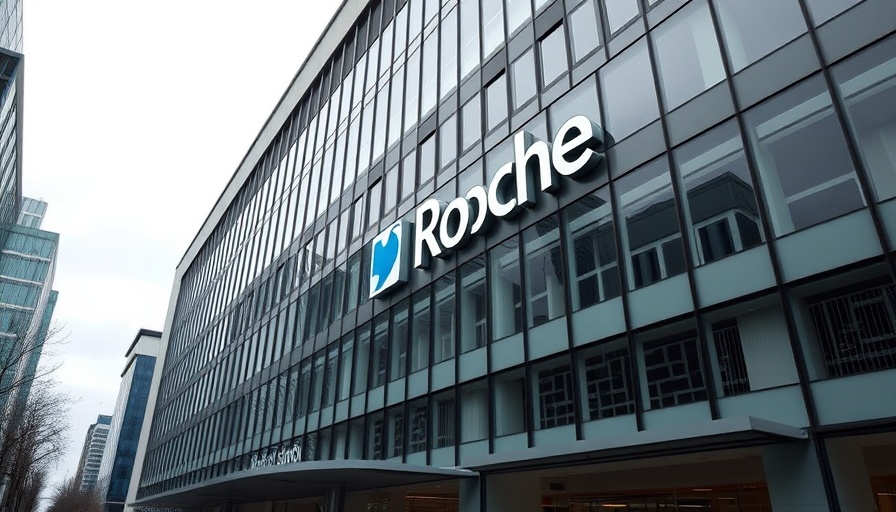
Belgium's Investigative Spotlight on Roche: A Closer Look at Antitrust Allegations
The Belgian Competition Authority is investigating Roche on serious charges: the pharmaceutical giant allegedly employed tactics to delay the entry of lower-cost biosimilar versions of two of its widely-used cancer medications, rituximab and trastuzumab. This inquiry is notable given the increasing focus on ensuring fair competition in the healthcare sector, particularly regarding access to affordable medicines.
The Impact of Biosimilars: Bringing Down Drug Prices
Biosimilars are nearly identical to their branded counterparts and provide similar health outcomes at a significantly reduced cost. However, Roche’s reported strategies between 2017 and 2020, which included offering financial incentives to hospitals, hindered the opportunity for patients to access these cheaper alternatives. This situation reflects broader concerns over drug pricing and access, especially in countries like Belgium, where healthcare resources can be finite.
What This Means for Patients and Healthcare Providers
The investigation touches on a crucial issue: how patients and hospitals make medication choices in an environment influenced by corporate decisions. As Roche’s practices drew hospitals into exclusive purchasing agreements, the availability of potentially life-saving treatments at reduced prices was obstructed. The outcome of this inquiry could foster more transparency and competition in drug pricing, which is of utmost importance for public health.
Global Implications: Antitrust Issues in the Pharmaceutical Sector
This probe is part of a wider trend where regulatory bodies globally are scrutinizing big pharmaceutical firms for similar antitrust behaviors. Notably, Roche has faced allegations in other regions, prompting discussions about its market strategies being consistent with competitive practices. As healthcare continues to evolve, the examination of such corporate behaviors could reshape policies that govern pharmaceutical markets worldwide.
Taking Action: What Can Patients Do?
In light of these unfolding events, patients and healthcare advocates are encouraged to stay informed and voice concerns regarding drug pricing and availability. This awareness allows individuals to be proactive in discussions with healthcare providers about options for treatment and medication, ensuring they have access to competitive pricing and therapies that serve their health needs.
As this inquiry progresses, both patients and healthcare professionals should remain vigilant. The implications of antitrust investigations extend beyond corporate practices; they touch on the very fabric of patient care and access to essential treatments. Understanding these dynamics can empower communities to advocate for fairer healthcare systems.
 Add Row
Add Row  Add
Add 




Write A Comment